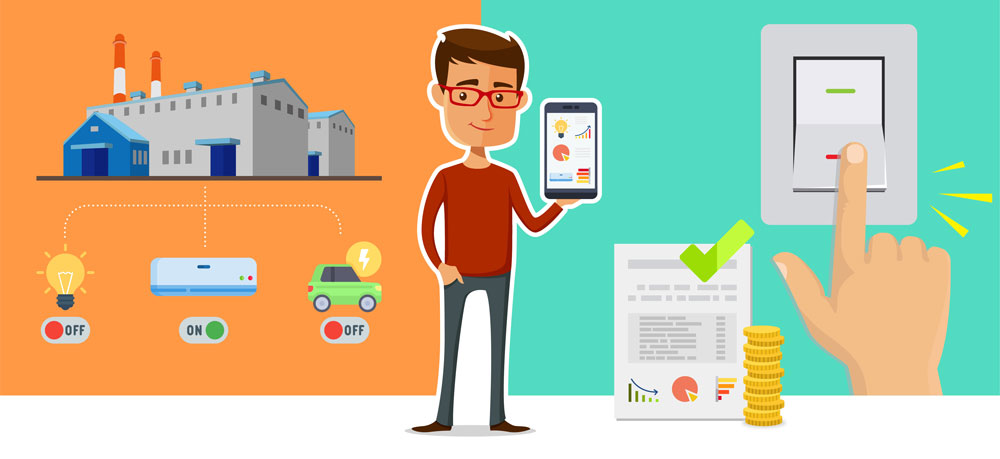Utilities are facing many challenges when it comes to the provision of a reliable service including the forecasting of growing demand and the balancing of intermittent energy production. This is why utilities are now setting up Demand Response Programs that strengthen the role of the customer and improve network stability. With the active participation of customers, utilities are no longer the only ones working to ensure energy reliability.
The Smart Electric Power Alliance (SEPA) found that 30% of their utility survey respondents are already using DR programs, and 70% are planning or considering such programs.1
Demand Response (DR) refers to any program which encourages a reduction or reshaping of customer consumption patterns to reduce network loading during peak hours and avoid the inefficiencies of running a network which is rarely used to its full capacity. These programs involve a range of measures intended to dynamically balance energy demand and network capacity; customers willingly participate in these programs in exchange for savings on their energy bill.
For residential customers, utilities offer two types of DR programs. The first type is known as dispatchable or automatic DR and involves direct control over devices, such as air conditioning and water heating; typically, these devices are cycled (turned off for short periods of time) when the utility calls for a load reduction. The second type is called non-dispatchable DR and relies on customers taking voluntary actions in response to financial incentives.
Approximately 5.7 million residential and small business customers are enrolled in DR programs. Traditional forms of DR (such as air conditioning or water heater switching) are still in use. Utilities call demand response events an average of 36 times per year for water heaters, versus eight for air conditioning.2
One common way to encourage customer participation in these programs is the use of time-based rates which incentivize customers to reduce the amount of energy they import from the grid at peak times. Some common rate programs are time-of-use pricing (TOU), critical peak pricing (CPP), and real-time pricing (RTP).
To really get the most out of demand response while strengthening their customer relationships, utilities also focus on empowering their customers with real-time usage information, sending notifications about DR events, and encouraging the purchase of DR-enabling smart appliances.
| Time-of-Use Pricing | Critical Peak Pricing | Real-Time Pricing |
| The energy prices are defined in blocks of hours, (such as on-peak and off-peak). Rates are fixed for each period so the customer knows well in advance what the prices will be. | The price for electricity is drastically increased (usually three to ten times higher)3 when the utility decides to initiate a CPP event. These events are typically scheduled a day in advance and can last for 2–6 hours. | These rates vary with the wholesale market price as opposed to a fixed rate schedule. Customers are typically notified of prices on a day-ahead or hour-ahead basis. |
To support these rating schemes, utilities depend on their billing system’s capabilities to manage new granular rating schemes, calculate billing determinants4 at an aggregated level, and bill usage based on the customer’s DR tariff plan. Utilities also rely on Meter Data Management (MDM) systems to manage usage data and gain insights into consumption patterns, allowing them to make informed decisions to improve the reliability of energy supply.
To make this all possible, utilities interested in implementing DR programs should start preparing their commercial offerings and the enterprise solutions required to support them.
To find out which strategic tools are needed to get the most out of Demand Response, read the next article:
1 https://sepapower.org/knowledge/sepa-navigant-release-2017-utility-demand-response-market-snapshot/
2 https://www.energy.gov/oe/activities/technology-development/grid-modernization-and-smart-grid/demand-response
3 https://aceee.org/files/proceedings/2002/data/papers/SS02_Panel5_Paper13.pdf
4 Billing determinants are the measures of consumption used to calculate a customer’s bill.





